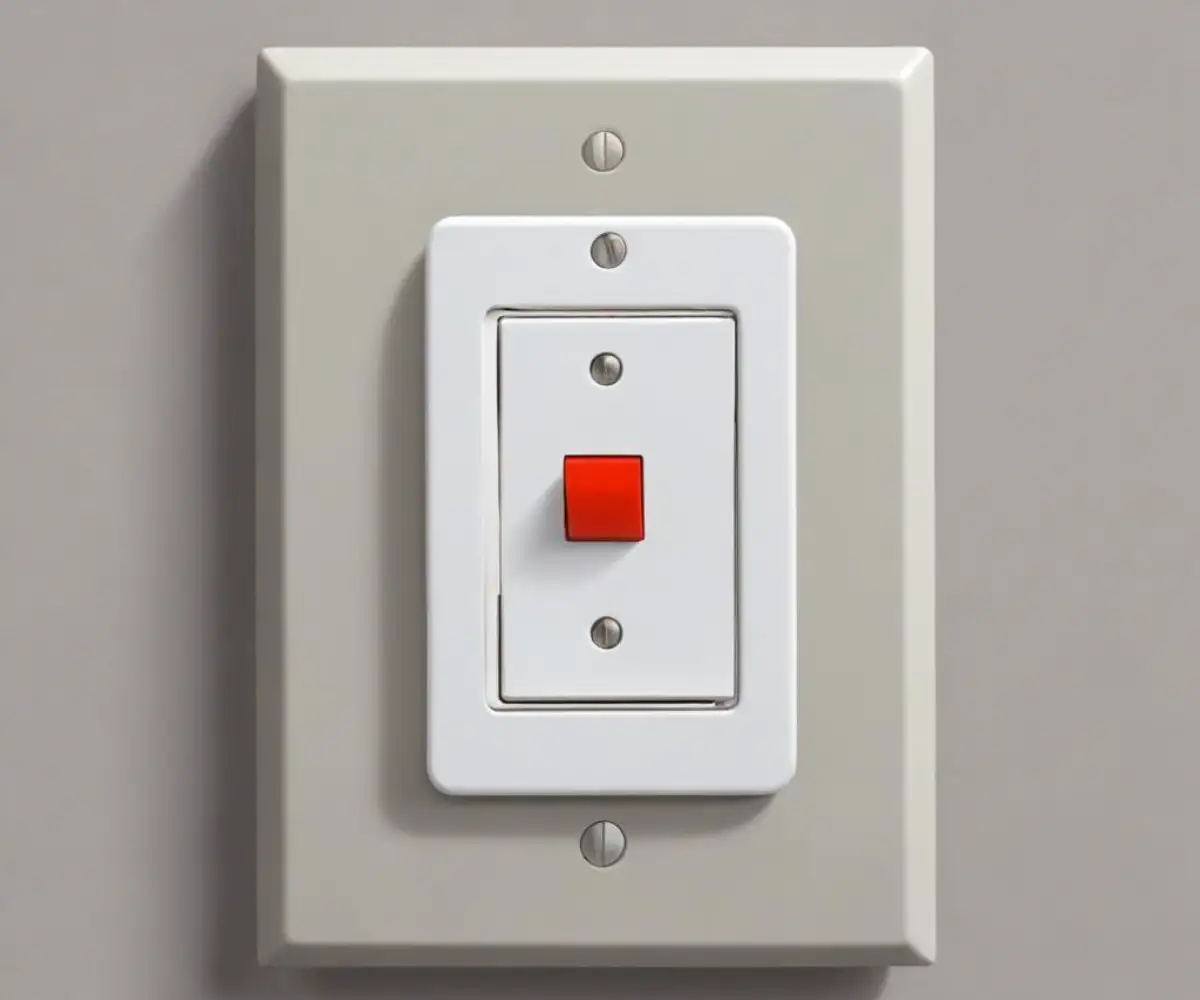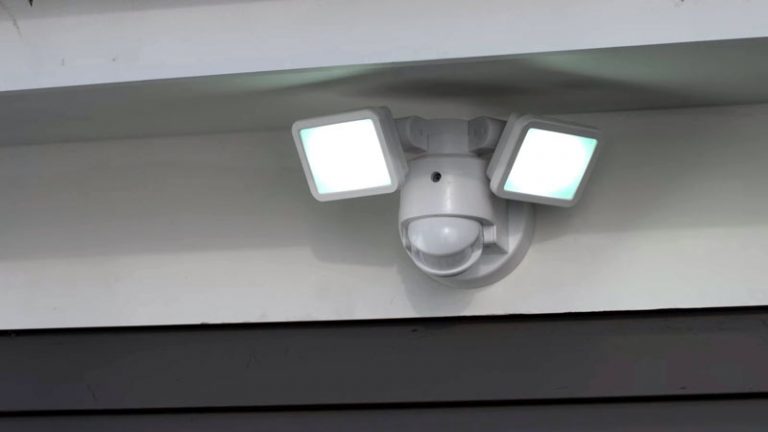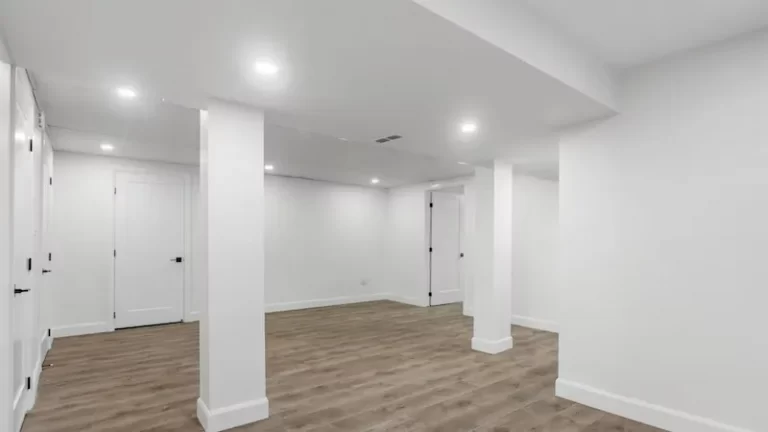European Light Switch: Your Ultimate Guide to Style & Safety
Have you ever walked into a European hotel room and fumbled for a familiar toggle switch, only to be met with a sleek, oversized rocker panel? You’re not alone. Many homeowners are captivated by the minimalist aesthetic and satisfying feel of a European light switch, but bringing that style into a US home can feel like navigating a complex electrical maze. The core problem lies in the fundamental differences in electrical standards, sizing, and installation practices between continents.
This isn’t just about aesthetics; it’s about safety, compatibility, and functionality. Attempting to install a European switch without understanding these differences can lead to damaged wiring, non-compliant installations, and even fire hazards. This guide will illuminate the path, providing a clear, step-by-step solution to integrating European light switches into your home safely and effectively, transforming a point of confusion into a statement of sophisticated design.
You'll Learn About
Why European and US Light Switches Are So Different
The divergence between European and American light switches stems from a history of independent electrical grid development. The primary distinction lies in the standard voltage. In the US, the standard is 120V, while Europe operates on a 220-240V system. This difference in voltage impacts the internal construction and safety requirements of the switches themselves.
Furthermore, the physical design and mounting hardware are worlds apart. US switches typically fit into rectangular junction boxes, while European switches are often designed for round or square boxes. This fundamental mismatch in form factor is often the first major hurdle homeowners encounter. Understanding these core differences is the first step toward a successful installation.
The Allure of European Design: More Than Just a Switch
The appeal of European light switches goes beyond their basic function. They are often considered integral design elements that contribute to a room’s overall aesthetic. Characterized by large, easy-to-press rocker or push-button mechanisms, they offer a more modern and streamlined look compared to the traditional American toggle switch. Manufacturers in Europe often prioritize high-quality materials like brushed metal, glass, and durable plastics, enhancing the tactile experience.
European designs also embrace modularity, allowing for multiple switches or sockets to be combined within a single frame for a clean, customized look. This focus on both form and function has made them a coveted feature for those seeking a sophisticated, minimalist interior. For many, the switch is no longer just a utility but a piece of decor.

Key Differences: Voltage, Amperage, and Safety Certifications
Beyond aesthetics, the technical specifications are critical. European light switches are rated for 230V and typically handle a lower amperage, often around 10A, because the higher voltage delivers the same amount of power with less current. In contrast, US switches are rated for 120V and must handle higher amperages, commonly 15A or 20A, to power the same devices. Using a European switch on a US circuit without considering this could overload the switch, posing a significant safety risk.
Safety certifications are another crucial factor. In the US, electrical components must be “UL Listed” (Underwriters Laboratories) to ensure they meet safety standards. European switches carry a “CE” mark, indicating conformity with European standards. These certifications are not interchangeable, and installing a non-UL-listed switch in a US home can violate local electrical codes and may void your homeowner’s insurance in the event of a fire.
Bringing European Switches to the US: A Safe Installation Guide
Successfully installing a European light switch in a US home requires careful planning and attention to detail. It’s not a simple swap. The process involves addressing the physical mounting differences, ensuring electrical compatibility, and adhering to local safety codes. While it might seem daunting, breaking it down into manageable steps makes it achievable for a knowledgeable DIYer or a professional electrician.
This section will walk you through the necessary modifications, component selection, and wiring process. Always prioritize safety by turning off the power at the circuit breaker before beginning any electrical work. If you are ever unsure, it is always best to consult with a licensed electrician to ensure a safe and compliant installation.
Step 1: Addressing the Junction Box Dilemma
The first physical barrier is the junction box. European switches are designed for round or square boxes (often 68mm in diameter), which are fundamentally different from the standard rectangular boxes used in the US. You have a few options to solve this. Some homeowners choose to import European-style junction boxes and retrofit them into the wall, which often requires drywall work.
A more practical solution is to find a European switch that is compatible with an adapter plate or to carefully modify the existing US box. Some manufacturers offer adapter kits specifically for this purpose. Careful measurement is key to ensure the switch plate will completely cover the opening of the US junction box, maintaining a clean and finished look. You might also consider materials used in other home projects; for instance, understanding the difference between plywood vs sheathing can inform how you approach modifications to your wall structure.
Step 2: Ensuring Electrical Compatibility and Safety
This is the most critical step. As mentioned, a standard European switch may not be rated for the amperage of a typical US lighting circuit. You must verify that the switch’s amperage rating meets or exceeds that of the circuit breaker it’s connected to (typically 15A for lighting). Some manufacturers produce “export” versions of their switches that are UL-listed and designed for the US market.
If you cannot find a UL-listed version of your desired switch, an alternative and safer method is to use the European switch to control a low-voltage relay. In this setup, the European switch acts as a signal controller for a US-rated relay that is safely housed in the junction box. The relay handles the 120V load, while the switch you interact with only carries a low-voltage signal, ensuring safety and code compliance. This approach offers the best of both worlds: European aesthetics and American safety standards.
Step 3: The Wiring Process Explained
Wiring a light switch is generally straightforward, but wire color codes differ between the US and Europe. In the US, the “hot” wire is typically black, the “neutral” is white, and the “ground” is bare copper or green. European wiring, under the harmonized IEC standard, uses brown for “live” (hot), blue for “neutral,” and green-and-yellow stripes for “protective earth” (ground).
For a simple on/off switch in the US, you will be interrupting the hot (black) wire. One black wire from the electrical panel will connect to one terminal on the switch, and the other black wire leading to the light fixture will connect to the other terminal. The white neutral wires are typically connected together in the back of the box and bypass the switch, while the ground wires connect to a green screw on the switch and the junction box. When using a European switch, you’ll connect these same US wires to the corresponding terminals, typically marked “L” for live/hot and an arrow out for the load wire to the light.
| Feature | Typical US Light Switch | Typical European Light Switch |
|---|---|---|
| Voltage Rating | 120V | 230V |
| Amperage Rating | 15A or 20A | 10A or 16A |
| Junction Box Shape | Rectangular | Round or Square |
| Common Actuator | Small Toggle or Rocker (Decora) | Large Rocker or Push-Button |
| Safety Certification | UL Listed | CE Marked |
| Wiring Colors (Hot/Neutral/Ground) | Black / White / Green or Bare Copper | Brown / Blue / Green & Yellow Stripe |
Choosing the Right European Switch for Your Home
With a clear understanding of the installation challenges, you can now focus on the exciting part: selecting the perfect switch. The European market offers a vast array of styles, from ultra-modern minimalist designs to classic, vintage-inspired push-buttons. Brands like Gira, Jung, and Legrand are renowned for their quality craftsmanship and innovative features.
Consider the overall design language of your home. Do you want the switch to be a bold statement piece or to blend seamlessly with the wall? Materials play a huge role; options range from thermoplastic and stainless steel to real brass and even porcelain. Think about functionality as well—do you need a simple on/off switch, a dimmer, or a multi-gang plate to control several lights from one location?
Popular Styles and Brands
Several brands stand out in the world of European light switches. Gira is a German brand famous for its sleek, modular systems and high-tech options, including smart switches. Jung, another German manufacturer, is known for its timeless designs and use of premium materials. For those seeking a touch of French elegance, Meljac creates beautiful brass switches that are considered works of art.
When shopping, look for collections that offer a complete range of products, including outlets and data ports, to maintain a consistent aesthetic throughout your home. While exploring these high-end options, it’s also practical to think about maintenance in other areas of your home. For instance, knowing how to clean a 2nd floor balcony safely and efficiently is another aspect of upscale homeownership. Exploring your options thoroughly will ensure you find a switch that not only looks great but also meets your functional needs and budget.
Smart Home Integration
Many European brands are at the forefront of smart home technology. They offer switches with integrated Zigbee, Z-Wave, or Wi-Fi capabilities that can connect to systems like Apple HomeKit, Google Home, or Amazon Alexa. This allows you to control your lighting remotely, set schedules, and create automated scenes.
If you’re investing in a home renovation, integrating smart switches from the start is a wise choice. It adds a layer of convenience and modernity to your home. When choosing a smart switch, ensure it’s compatible with your existing or planned smart home ecosystem. Some systems require a central hub, while others connect directly to your Wi-Fi network. Just as you might troubleshoot a burned-out 1155-sv bulb, you’ll want a system that is reliable and easy to manage.
Final Thoughts: A Fusion of Style and Function
Integrating European light switches into a US home is more than an electrical upgrade; it’s a design choice that elevates your interior spaces. While the process requires careful consideration of technical differences in voltage, sizing, and safety codes, the result is a sophisticated and highly functional element that blends seamlessly into a modern home. By following the proper installation steps and prioritizing safety, you can successfully bridge the gap between European design and American electrical standards.
Whether you opt for a sleek push-button, a minimalist rocker, or a fully integrated smart switch, the clean lines and superior feel of a European switch can bring a subtle touch of luxury to your everyday life. It’s a small detail that makes a significant impact, proving that even the most utilitarian objects can be beautiful.


